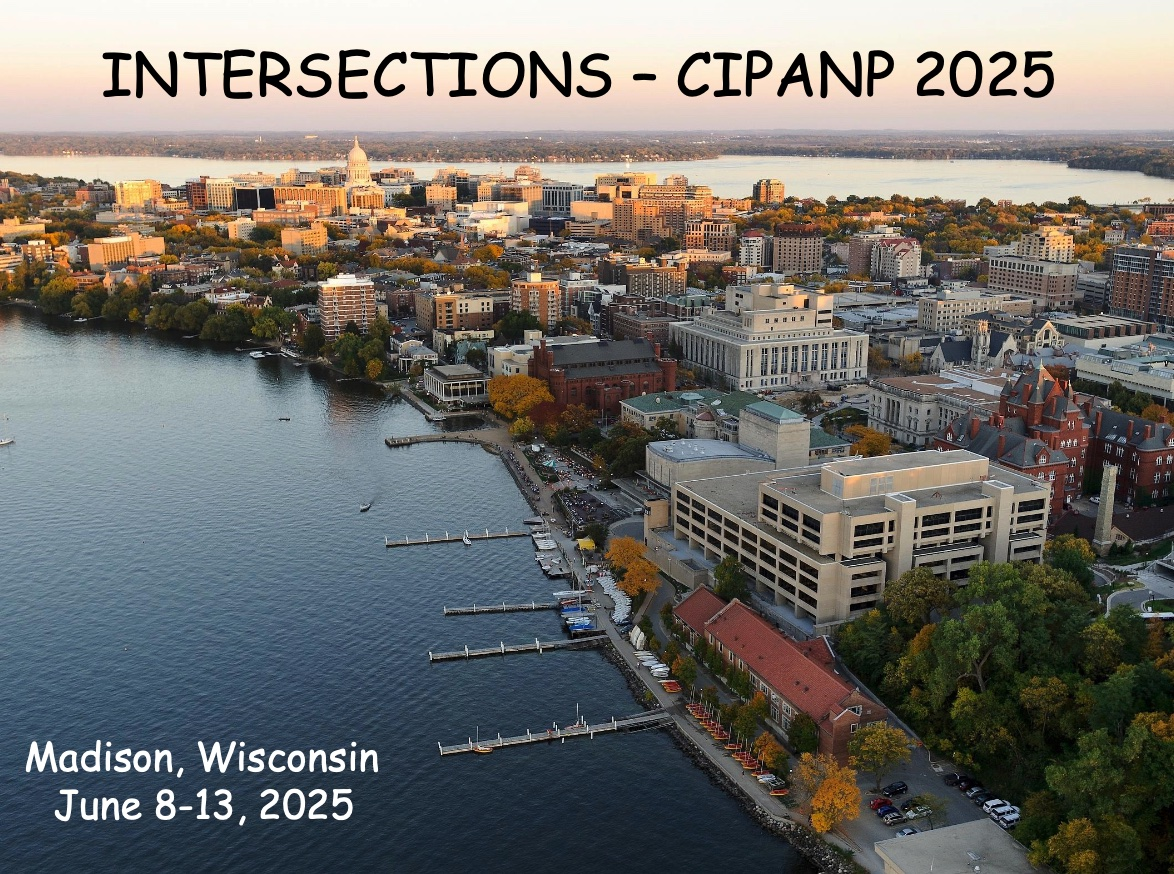Speaker
Description
The DEAP-3600 experiment, located 2 km deep underground at SNOLAB in Sudbury, Canada, is a single-phase liquid argon (LAr) detector primarily designed for the direct detection of dark matter. The detector consists of a 3.3-tonne LAr contained within a spherical acrylic vessel and instrumented with 255 high-efficiency photomultiplier tubes. Since 2019, the experiment has set the most stringent exclusion limits on the WIMP-nucleon spin-independent cross-section in argon for WIMP masses above 20 GeV/c². Hardware upgrades are nearing completion to suppress backgrounds and enhance sensitivity.
The detector’s large target mass, excellent radiopurity, and powerful background discrimination capabilities make it well-suited for rare-event searches beyond dark matter. One such search involves the detection of ⁸B solar neutrinos, which dominate the upper end (~MeV) of the solar neutrino spectrum. These neutrinos can undergo charged-current interactions with ⁴⁰Ar, producing excited ⁴⁰K nuclei that de-excite via gamma-ray emission. Raghavan, Bhattacharya and others, first proposed that this process can be observed above 3.9 MeV. In the DEAP-3600 detector, we expect to observe a signal above 10 MeV where radiogenic and cosmogenic backgrounds are expected to be sub-dominant compared to neutrinos. In this talk the current status of this search will be presented.

